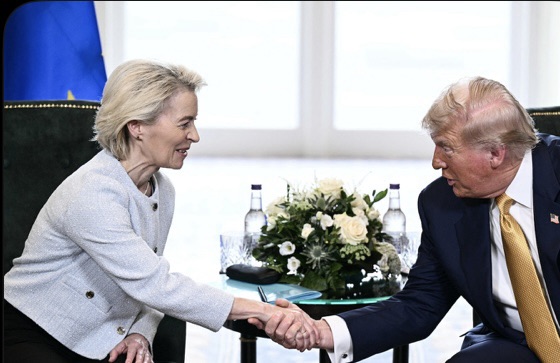🎬 Happy Gilmore 2: Budget Breakdown & Adam Sandler’s Netflix Paycheck
Date published: July 25, 2025 | Author: TrendLoopDaily Team

📌 Introduction
Fans of classic comedy are in for a treat — Happy Gilmore 2 is officially in the works at Netflix, and it’s generating a lot of buzz. The original Happy Gilmore (1996), starring Adam Sandler, is a cult favorite, and now nearly three decades later, a sequel is finally on its way.
💰 What Is the Budget for Happy Gilmore 2?
While Netflix hasn’t officially released the full production budget yet, industry insiders estimate that:
- Total budget: $65–75 million
- Approximately $15–20 million for talent fees
- Post-production and marketing: $10–12 million
This is much higher than typical comedy sequels, driven by anticipation and Sandler’s A-list status.
🤑 How Much Did Adam Sandler Get Paid?
According to reports, Sandler is earning between $25 million and $30 million for Happy Gilmore 2. This includes:
- His role as the lead actor
- Producer credits via Happy Madison Productions
- Backend performance bonuses from Netflix
Sandler already signed a $250 million deal with Netflix back in 2020, and this sequel fits right in.
📈 Why Netflix Is Betting Big on This Sequel
Netflix has seen huge numbers from past Sandler hits like Murder Mystery, Hubie Halloween, and You Are So Not Invited to My Bat Mitzvah. Bringing back Happy Gilmore taps into 90s nostalgia and appeals to both old and new audiences.
🏌️♂️ What Can We Expect?
Rumors say the plot will feature:
- Gilmore mentoring a new golfer
- Returns from Shooter McGavin and Julie Bowen
- Sandler’s signature comedy style
The release is tentatively set for Spring 2026.
📣 Final Thoughts
With a budget close to $70 million and Adam Sandler reportedly pocketing up to $30 million, Happy Gilmore 2 is shaping up to be one of Netflix’s biggest comedy investments yet.
Stay tuned to TrendLoopDaily for trailers, cast news, and exclusive interviews.
🔖 Tags:
#HappyGilmore2, #AdamSandler, #NetflixMovies, #MovieBudgets, #ComedySequel, #SandlerNetflix, #Trending2025
📬 Subscribe to TrendLoopDaily
Get trending entertainment news every 3 days — no spam, just facts.







